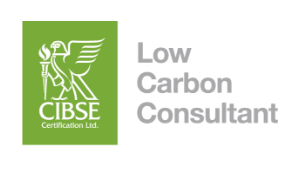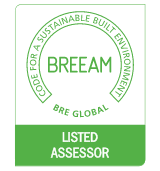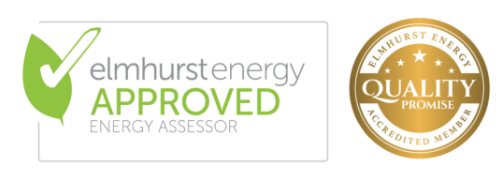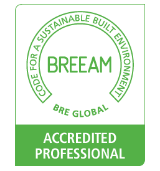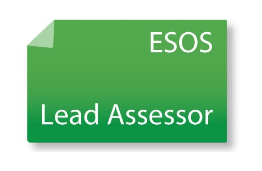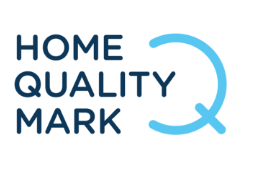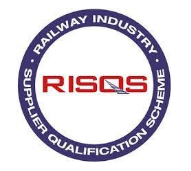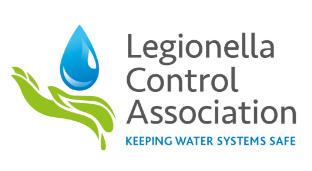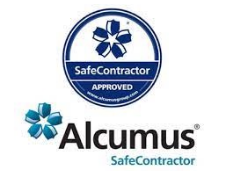Legionella bacteria pose a serious risk to health, capable of causing potentially fatal illnesses such as Legionnaires’ disease and Pontiac fever. For organisations responsible for managing water systems, from hospitals and care homes to leisure centres, hotels, and office buildings – understanding how to control this risk is essential. Legionella training plays a vital role in ensuring staff know how to maintain safe systems, protect people, and remain compliant with the law.
The Hidden Danger of Legionella
Legionella bacteria occur naturally in freshwater sources but can become a health hazard when allowed to multiply in man-made water systems. They thrive in warm, stagnant water between 20°C and 45°C, and can spread through aerosols from outlets like taps, showers, cooling towers, and fountains. Inhalation of contaminated droplets can cause Legionnaires’ disease, a severe form of pneumonia that can be life-threatening, particularly to the elderly, people with lung conditions, or those with weakened immune systems.
Recent outbreaks across the UK have highlighted the importance of effective control measures. In many cases, inadequate maintenance or lack of staff awareness contributed to the problem. This underlines why Legionella training is paramount.
The Importance of Legionella Compliance
Ensuring compliance with Legionella regulations is vital for public safety. Non-compliance can lead to outbreaks, resulting in severe health impacts and legal consequences. Compliance involves regular risk assessments, water testing, and implementing control measures to prevent Legionella growth.
Why is Legionella Training Essential?
Legionella training is a critical component in water safety management. Proper training equips facility managers, maintenance staff, and health and safety personnel with the knowledge and skills to identify risks, implement control measures, and respond effectively to potential outbreaks.
Key Components of Effective Legionella Training
To ensure comprehensive understanding and compliance, Legionella training programs should cover the following key components:
- Understanding Legionella and Its Risks: Educating personnel about the nature of Legionella, its transmission routes, and associated health risks is fundamental.
- Regulatory Framework: Familiarising staff with the relevant health and safety regulations and guidelines is essential for compliance and effective risk management.
- Risk Assessment and Management: Training should include methods for conducting thorough risk assessments and implementing appropriate control measures to minimise Legionella risks.
- Monitoring and Maintenance: Personnel should be trained in regular monitoring and maintenance of water systems to prevent Legionella proliferation.
- Emergency Response: Developing and implementing a robust response plan for potential Legionella outbreaks is crucial for minimising health risks.
Who Needs Legionella Training?
Any person or organisation responsible for a premises with water systems has a legal duty under the Health and Safety at Work Act and the Control of Substances Hazardous to Health (COSHH) regulations to manage the risk from Legionella. This includes landlords, facilities managers, duty holders, and those involved in the design, installation, maintenance, and operation of water systems.
Legionella training provides the knowledge and practical skills needed to:
- Understand how Legionella bacteria proliferate
- Identify potential risks in water systems
- Implement effective control measures
- Carry out routine monitoring and record-keeping
- Respond appropriately in the event of a positive Legionella test or an outbreak
Without suitable training, there is a significant risk that systems may not be managed properly, exposing employees, customers, visitors, or residents to harm.
What Should Legionella Training Cover?
Effective Legionella training programmes should be comprehensive and tailored to the organisations specific needs. Core topics include:
- The health risks associated with Legionella bacteria
- Legal responsibilities and the requirements of ACOP L8 and HSG274
- How water systems can support Legionella growth
- How to assess, monitor, and control risks
- The importance of temperature control, flushing regimes, and biocides
- How to keep records and demonstrate compliance
Practical elements are also vital, such as how to take water samples, interpret results, and take action if results exceed control thresholds.
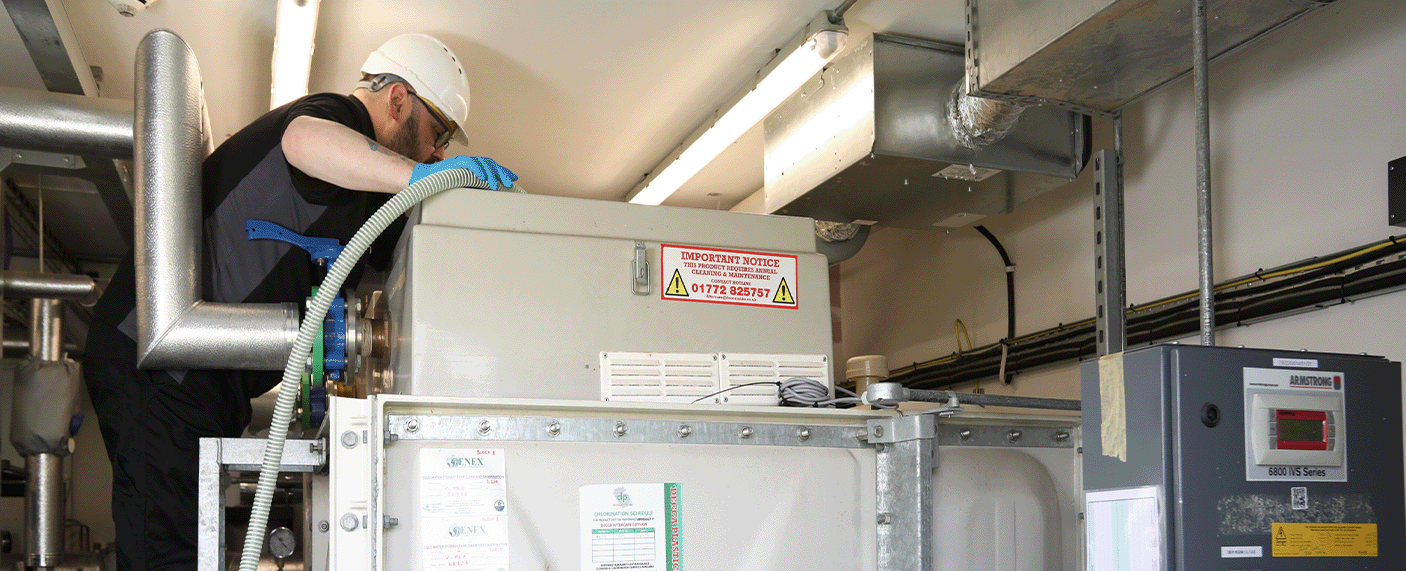
Best Practices for Legionella Prevention
Implementing best practices for Legionella prevention is essential for maintaining safe water systems. Here are some strategies to consider:
Regular Risk Assessments
Conducting regular risk assessments helps identify potential Legionella hazards in water systems. This involves evaluating system design, usage patterns, and environmental conditions that may promote bacterial growth.
Water Temperature Management
Maintaining appropriate water temperatures is a key preventive measure. Legionella bacteria thrive in water temperatures between 77°F and 113°F (25°C and 45°C). Keeping hot water above 140°F (60°C) and cold water below 68°F (20°C) can inhibit bacterial growth.
System Maintenance and Cleaning
Routine maintenance and cleaning of water systems prevent sediment buildup and biofilm formation, which can harbour Legionella bacteria. This includes regular flushing of unused outlets and cleaning of shower heads and taps.
Use of Biocides
In some cases, the use of chemical biocides may be necessary to control Legionella growth. Proper training on the safe and effective use of biocides is essential to prevent harm to humans and the environment.
Why Invest in Legionella Training?
Failing to manage Legionella risk can lead to prosecution, heavy fines, reputational damage, and most seriously, illness or loss of life. By investing in professional Legionella training, organisations can:
- Protect the health and safety of employees, residents, visitors, and the public
- Ensure compliance with legal requirements
- Reduce the risk of costly incidents and litigation
- Improve confidence in water safety management processes
Training also empowers staff to take ownership of water hygiene and respond quickly if issues arise.
How Genex Can Help
Genex delivers specialist Legionella training designed to equip duty holders, responsible persons, and staff with the knowledge they need to manage water systems safely and effectively. Our training is aligned with the latest guidance, including ACOP L8, HSG274, and COSHH requirements, and can be tailored to meet the specific challenges of your organisation.
In addition to training, we offer a full suite of water hygiene services, from Legionella risk assessments and clean and disinfection works, to water sampling and management plans helping you build a robust strategy for Legionella control.
Understanding and implementing Legionella training is crucial for ensuring water safety and compliance with health regulations. By educating personnel, conducting regular risk assessments, and employing best practices and technology, organisations can effectively prevent Legionella growth and protect public health. Prioritising Legionella training and prevention not only safeguards individuals but also contributes to a healthier and safer environment for all.
To find out more about our Legionella training or water hygiene services, contact Genex today.


